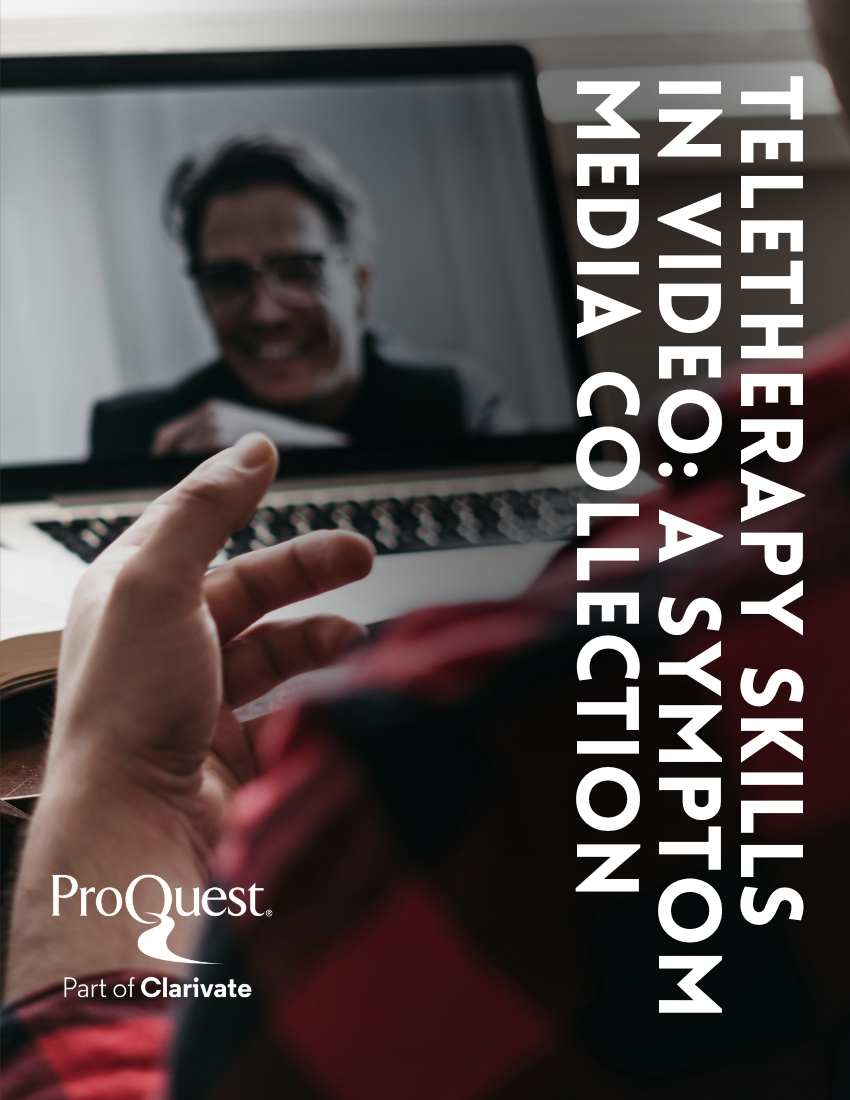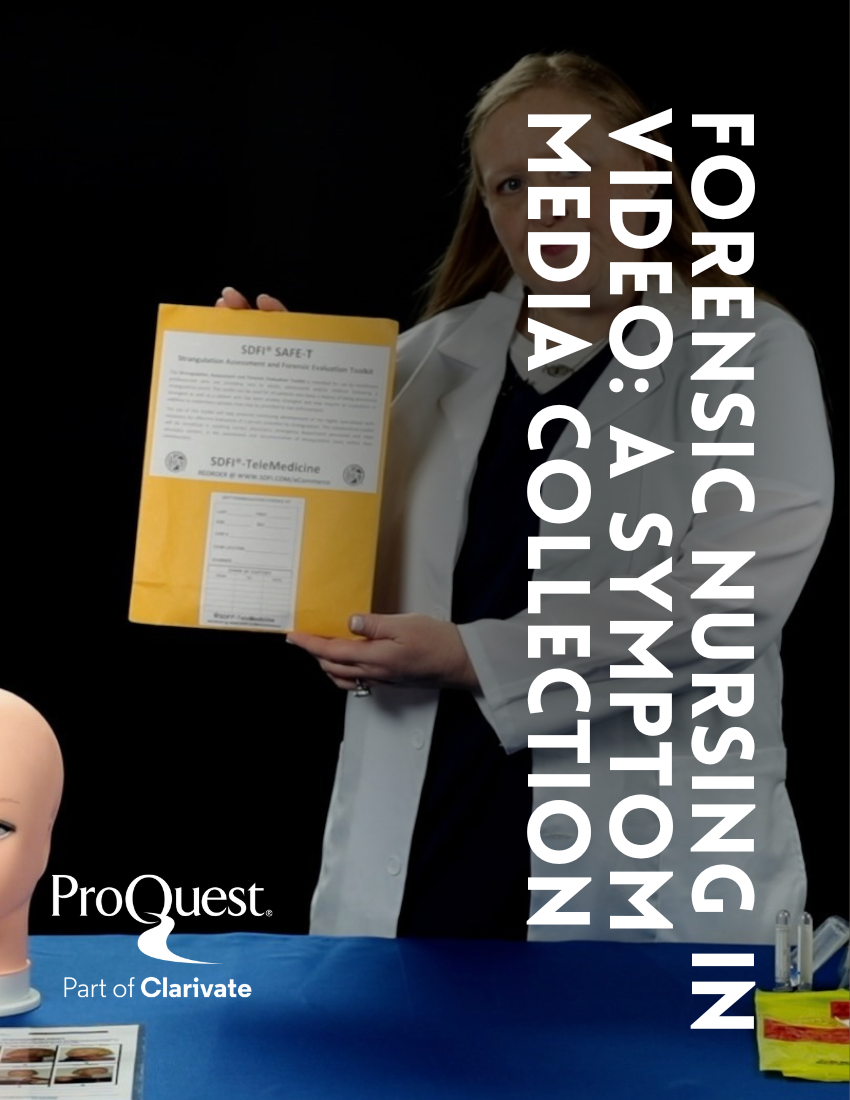

Teletherapy Skills in Video: A Symptom Media Collection
A collection of 130 video case studies and the current best practices on conducting teletherapy ideal for counseling, psychology, social work, medical, nursing, psychiatry and other behavioral health care courses that helps students better recognize mental health disorders and provide accurate diagnoses via mental health videos aligned to DSM-5-TR/ICD 10 content.
The video case studies feature clients who span various mental health conditions and cultural backgrounds to maximize their applicability for practice with an increasingly diverse clientele. Learn how to conduct teletherapy responsibly, mitigate potential ethical concerns, and attune to each client’s unique circumstances throughout our series. Upcoming releases will include more DSM-5-TR & ICD 10 Guided Case Studies, various scenarios depicting de-escalation techniques, cultural considerations, ethics and boundaries in clinical practice, and more.
Benefits
Types of video and areas covered include:
DSM-5-TR & ICD 10 guided videos:
Symptom Media’s DSM-5-TR & ICD 10 guided films showcase mental health symptoms unfolding. Films are used and integrated in undergraduate, graduate and professional nursing, social work, psychology, counseling, psychiatry and occupational therapy programs to introduce and improve understanding, recognition and diagnosing of psychiatric disorders as well as improve student clinical competency.
- Erika: This series showcases important considerations when working with transgender clients, particularly those who experience socio-economic stressors, such as being unemployed and unhoused. The provider will demonstrate evidence-based practices for de-escalating a dysregulated client using techniques they learned in prior sessions.
- Sonya: This series showcases challenges that may arise when working with clients who are single mothers and experience identity-based discrimination in the workplace. The provider will demonstrate how to provide psycho-education to a client who has misgivings about therapy, and how to empower the client to advocate for themselves outside of session.
- Oscar: This series showcases important considerations when engaging a client who recently immigrated to the U.S. The provider will demonstrate how to help the client explore the challenges of adjusting to his new life, including processing gender roles, grieving his old life in his home country, and navigating the challenges of undocumented status.
- Olivia: This series showcases challenges that may arise working with adolescent clients who are exposed to ongoing community violence, particularly in the Black community. The provider will demonstrate how to acknowledge harm done to minoritized individuals by medical professionals without undermining the importance of therapy. She will also help the client explore their faith practices and build autonomy to make personal decisions about them.






